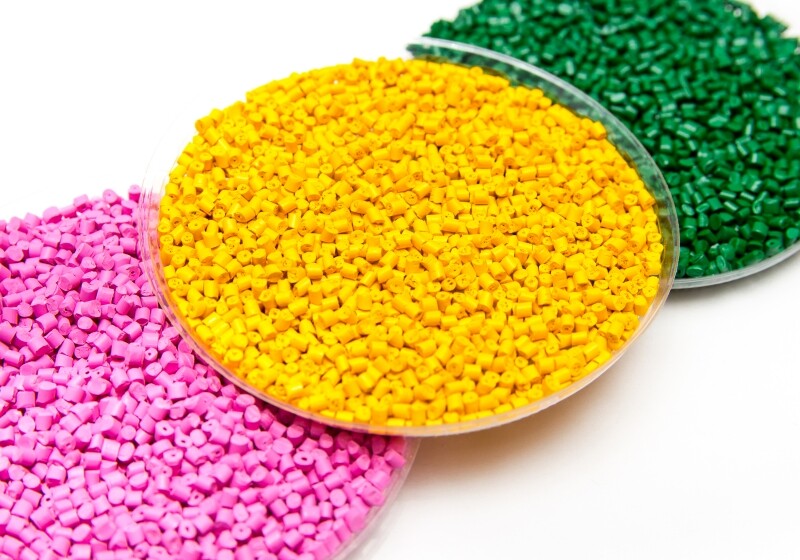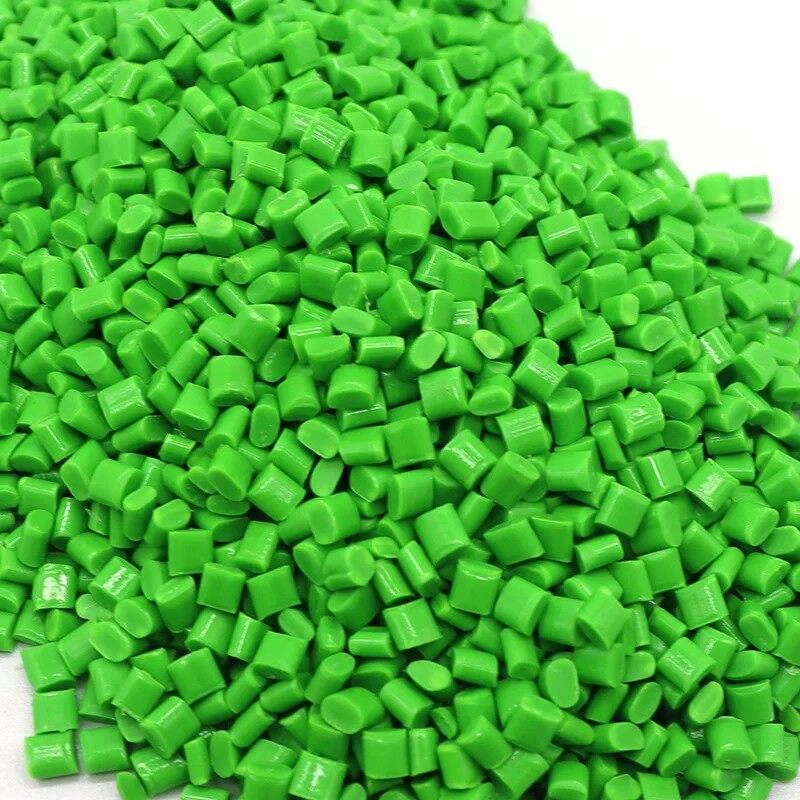Email format error
Email cannot be empty
Email already exists
6-20 characters(letters plus numbers only)
The password is inconsistent
Email format error
Email cannot be empty
Email does not exist
6-20 characters(letters plus numbers only)
The password is inconsistent

Offer Technical Support and Customized Solutions
The company is committed to creating new and improved plastic materials to meet the evolving demands of the market.

How to Control Color Deviation in Injection Molded Products for Optimal Quality?
Introduction:
As a manufacturer of modified plastic pellets, we often receive inquiries from customers about color deviation issues. Color deviation is a common defect in injection molding, often resulting in the mass rejection of products due to color discrepancies in matching parts. There are numerous factors that can affect color deviation, including the resin material, colorants or pigments, blending of colorants with the resin, injection molding process, injection molding machine, and molds. Due to the wide range of variables involved, color deviation control is considered one of the more challenging aspects of injection molding. In actual production, we generally control color deviation from the following six aspects:
It is essential to select an injection molding machine that is suitable for the capacity of the product. If there are issues with material dead spots or other problems with the machine, it is best to replace the equipment. For molds that produce color deviations due to the casting system or exhaust slots, the issue can be resolved by repairing the corresponding parts of the mold. It is crucial to address the machine and mold issues first before organizing production to reduce the complexity of the problem.
2.Eliminating the influence of resin material and colorantsControlling the raw materials is the key to completely solving color deviation. Therefore, especially when producing light-colored products, it is important not to overlook the significant impact of different thermal stability of resin materials on color variation.
Since most injection molding manufacturers do not produce plastic resins or colorants themselves, the focus should be on production management and raw material inspection. This includes strengthening the inspection of incoming raw materials, using materials from the same manufacturer and the same brand for the same product as much as possible, and conducting sampling and color testing before bulk production for proper colorant mixing. If there is a slight color deviation in the batch of colorants, the colorants can be re-mixed to reduce color deviation caused by uneven mixing. At the same time, it is also essential to focus on the inspection of the thermal stability of the resin material and colorants, and suggest replacing those with poor thermal stability.
(We provide customizable color ABS material)
Poor mixing of plastic resins with colorants can also result in inconsistent product colors. After mechanically mixing the resin and colorants evenly, when feeding them into the hopper, static electricity can cause the colorants to separate from the resin and adhere to the walls of the hopper. This can lead to changes in the amount of colorant during the injection process, resulting in color deviation.
To address this issue, the resin materials can be manually stirred after they are fed into the hopper. For the production of colored products with color powders, the most effective method is to avoid using suction machines and instead use hot air dryers and manual feeding to prevent color deviation caused by the separation of color powders from the resin materials.
4.Reducing the influence of barrel temperature on color deviationDuring production, severe temperature variation in the barrel due to the malfunction of a heating coil or the heating control system can cause color deviation. Such color deviation caused by these factors can be easily identified. The malfunction of a heating coil usually leads to uneven plasticization, while the breakdown of the heating control system often leads to the formation of gas marks, severe discoloration, or even charring of the product. Therefore, it is necessary to regularly inspect the heating components and replace or repair them in a timely manner to minimize the occurrence of such color deviation.
5.Minimizing the impact of process adjustments in injection moldingWhen adjusting the process parameters for reasons unrelated to color deviation, it is advisable not to change the injection temperature, back pressure, injection cycle, and the amount of colorants as much as possible. Any adjustments should be made with careful observation of the impact on color brightness. If color deviation is found, it should be promptly addressed.
High injection speeds and high back pressure, which induce strong shear effects, should be avoided to prevent color deviations caused by local overheating or thermal decomposition. The barrel temperatures should be strictly controlled, especially for the nozzle and areas adjacent to the nozzle.
6.Understanding the influence of barrel temperature and colorant dosage on product color variationsBefore adjusting for color deviation, it is necessary to understand the trend of product color changes with temperature and colorant dosage. Different colorants exhibit different color variation patterns with temperature or changes in colorant dosage during production. This change pattern can be determined through trial color testing.
Without knowing the color variation pattern of a particular colorant, it will not be possible to quickly adjust for color deviation, especially when using a new colorant for production.
Conclusion
By focusing on these six aspects of color deviation control, injection molding manufacturers can enhance their ability to produce products with optimal color quality, thus improving the overall quality and reliability of their injection molded products.
As a manufacturer of modified plastic pellets, we frequently receive inquiries from our customers regarding color deviation issues. This highlights the importance of color consistency in the production of plastic products. By addressing these concerns and providing reliable solutions, we aim to build strong and long-lasting relationships with our customers. Through ongoing research and development, we strive to improve the quality and consistency of our products, meeting the diverse needs and expectations of our clients in the ever-evolving plastic industry.
Related link:
Understanding the Basic Principles of Plastic Injection Molding
https://www.toponew.com/blog/understanding-the-basic-principles-of-plastic-injection-molding
https://www.toponew.com/products

